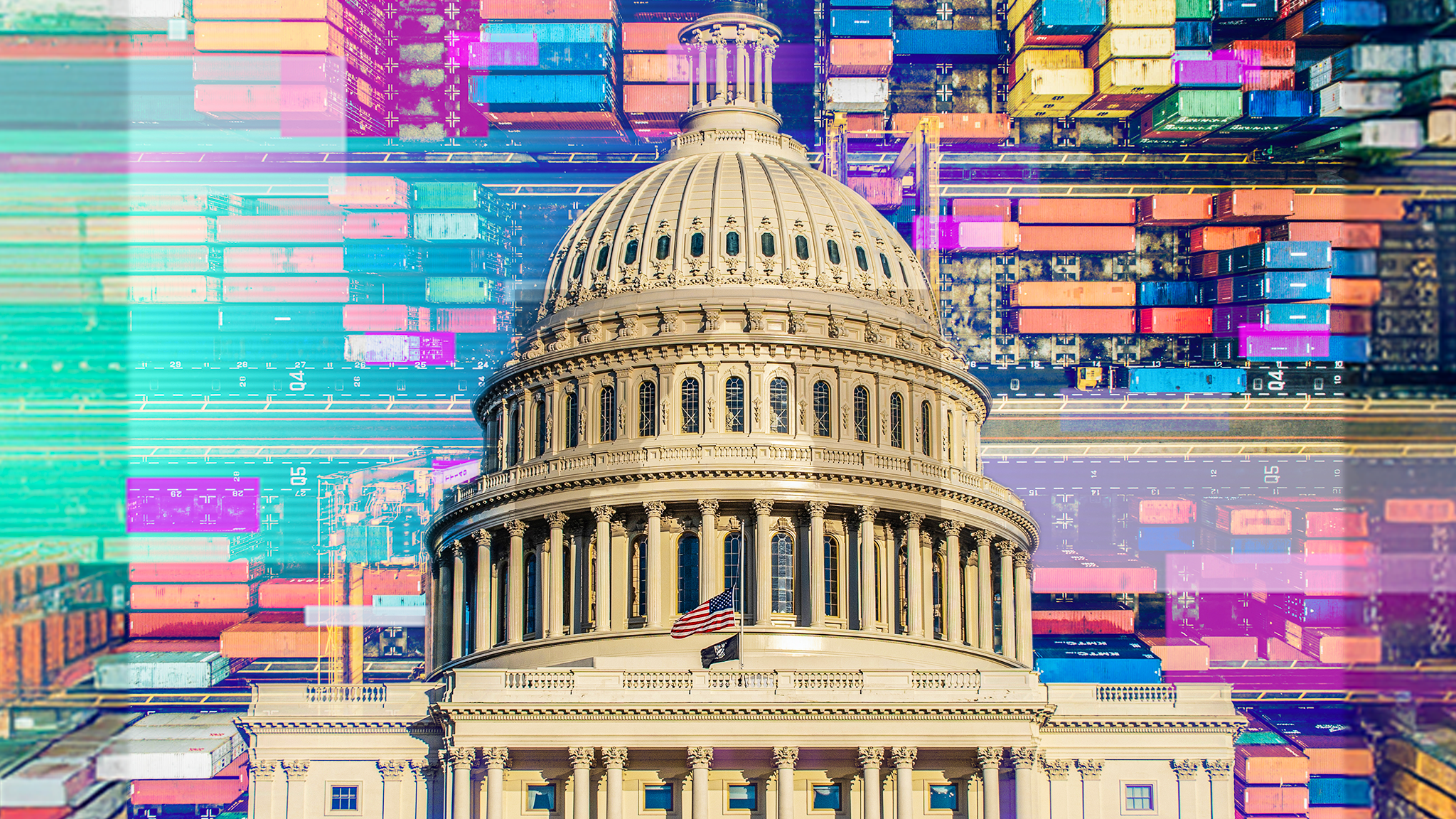
The U.S. imports more goods than it exports, not because of unfair trade, but because we save too little and consume too much – financed by foreign borrowing.
Tariffs treat the symptom, not the cause. They do not address the structural drivers of our current account deficits.
Real prosperity requires domestic reform. To compete globally, the U.S. must encourage saving by reducing fiscal deficits, invest in productive capacity, reduce regulatory barriers, and embrace—not retreat from—free trade.
Simply stated, the U.S. doesn’t save and invest enough. As a result, we pay for too many of our imports by borrowing from our trading partners. Eventually, these foreign creditors will expect to be repaid. That’s our problem.
Create your free account or log in to keep reading.
Register or Log in
Tariffs alone won’t solve it. They target the symptom—trade deficits—without addressing the underlying cause. To understand why, we need to look at the flows of saving, investment, and capital.
The U.S. runs a current account deficit: We import more goods and services than we export. To finance that gap, we run a matching capital account surplus. In other words, we borrow by selling financial assets to foreign buyers. It’s a macroeconomic identity; the two must add up. When we import more than we export, something must go out in return: dollars, Treasury bonds, or claims on U.S. assets.
Here’s our problem: We don’t use that foreign capital to build productive capacity. We use it to fund consumption. Our fiscal choices, chiefly persistent and growing federal budget deficits, enable and encourage us to consume more than we produce.
What would happen if tariffs succeeded in closing our trade deficit? Our capital account surplus must disappear too. We would have to fund our $1 trillion of annual current account deficits with domestic savings alone.
But we don’t save nearly enough to do that. For this reason, tariffs won’t succeed in eliminating our current account deficit, closely linked to our annual budget deficits of $1.8 trillion per year and growing.
If we wait too long to cut spending or raise taxes to reduce our deficits, interest rates will spike, triggering a debt crisis and deep recession.
Reshoring takes time and raises our cost of production. U.S. labor is relatively expensive and will become more so as our workforce continues to age while we restrict immigration. Who here wants a new job sewing T-shirts and sneakers or assembling iPhones?
The bigger problem is we’ve regulated ourselves into paralysis. Zoning laws, permitting delays, environmental reviews, and lawsuits make building anything in the U.S. not just time-consuming, but prohibitively expensive. That’s not the fault of other countries.
Global factors such as other countries’ saving rates, demand for safe assets, and the dollar's reserve status influence capital flows and trade balances. But we can’t control the policies of other nations.
We need to fix what’s broken at home. We tax capital and subsidize consumption. We run deficits that crowd out national saving. Net domestic investment has collapsed to below 5% of GDP, entirely funded by borrowing from abroad. Blaming trade partners won’t fix our low saving rate. The solution lies in reversing the domestic distortions that got us here.
No, tariffs aren’t the answer. They’re a distraction, a temporary illusion of toughness that masks the difficult domestic reforms we’ve too long avoided. The right answer is free trade, sound fiscal policy, and an economy built to produce, not just consume.
To get there, we must do the hard work of encouraging saving, investing productively, clearing out regulatory obstacles, and building again. A nation that wants to sell more abroad must first make more at home. We cannot tariff our way to prosperity. We must build it.
Author’s Note: This essay was inspired by and draws on insights from John Cochrane’s Tariffs, saving, and investment, April 14, 2025, posted on The Grumpy Economist.
Appendix
Peer review raised many “what abouts”: common objections and counterarguments on trade and tariffs. I briefly address them here.
What about protecting domestic industries to foster growth? Isn't pure free trade unrealistic?
Yes, many wish to shield home industries. But economic history and principles teach that protectionism leads to higher prices for consumers and businesses, reduced competition, and ultimately, less innovation. Tariffs will isolate our economy and hinder our competitiveness. Real, sustainable growth comes from facing competition head-on, improving productivity, and innovating – not from hiding behind walls.
Didn’t globalization and free trade destroy our good manufacturing jobs?
No. Automation has raised productivity by reducing the labor required to produce manufactured goods. The steady decline in manufacturing employment is a trend observed across all developed nations. The U.S. now produces more manufactured goods than ever before.
Until the end of the 19th century, more than half of our labor force was employed in agriculture. Today, it’s not much more than 1%. Unfair trade did not destroy either our farming or factory jobs. Tariffs will not bring them back.
What about national security? Don’t we need tariffs to protect essential industries?
Our national security is non-negotiable. Ensuring reliable access to critical goods is vital. But broad tariffs are a clumsy, costly, and poorly targeted tool for this mission.
Far more effective are long-term contracts for domestic production of truly essential items, strategic stockpiling, and specific restrictions on sourcing critical components from potential adversaries. We can address our legitimate security needs directly without the collateral damage caused by tariffs.
What about countries that use unfair barriers against our exports? Shouldn't we retaliate?
When other countries erect trade barriers, they primarily harm their own economies and consumers. The critical question for us is whether we benefit by imposing our own barriers in response. Retaliatory tariffs inflict self-harm, punishing American consumers and businesses that rely on imports. My mother used to ask: Just because someone else jumps off a bridge, should you?
Our reserve currency status lets us run budget deficits easily. Doesn't that mean they don't really matter?
The dollar's unique global role certainly grants us borrowing advantages – the "exorbitant privilege." But this privilege doesn't suspend economic gravity indefinitely. Persistent, large deficits still accumulate national debt, drive up interest payments that consume taxpayer money, and create long-term fragility. Abusing this privilege risks eroding it. No country can borrow without limit forever.
Why can’t we continue to run trade deficits forever? China ships us containers full of goods, which we pay for by printing money. Aren’t we getting the better end of this bargain?
This isn't a free lunch; it's deferred payment. We pay for excess imports not just with dollars, but with IOUs – claims on our future income and assets. Each year's deficit adds to our mountain of foreign held debt. Eventually, our creditors will demand repayment. As with the bridge analogy: It’s not the fall that kills you – it’s the sudden stop.
Please read our disclosures concurrent with this publication: https://www.researchaffiliates.com/legal/disclosures#investment-adviser-disclosure-and-disclaimers.

